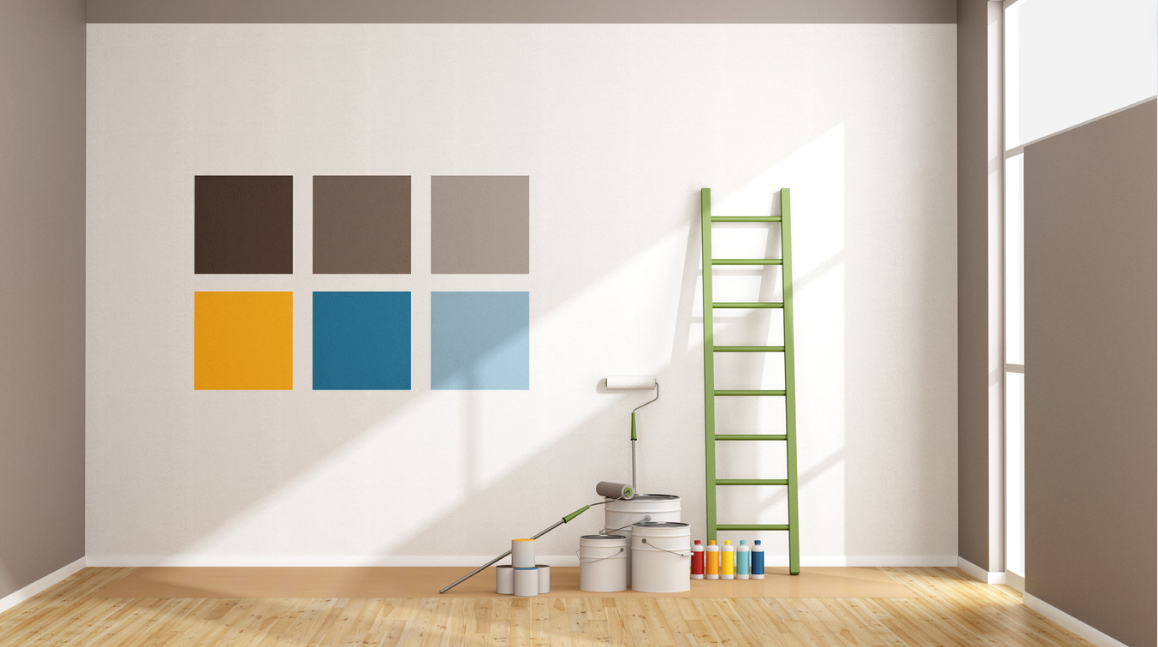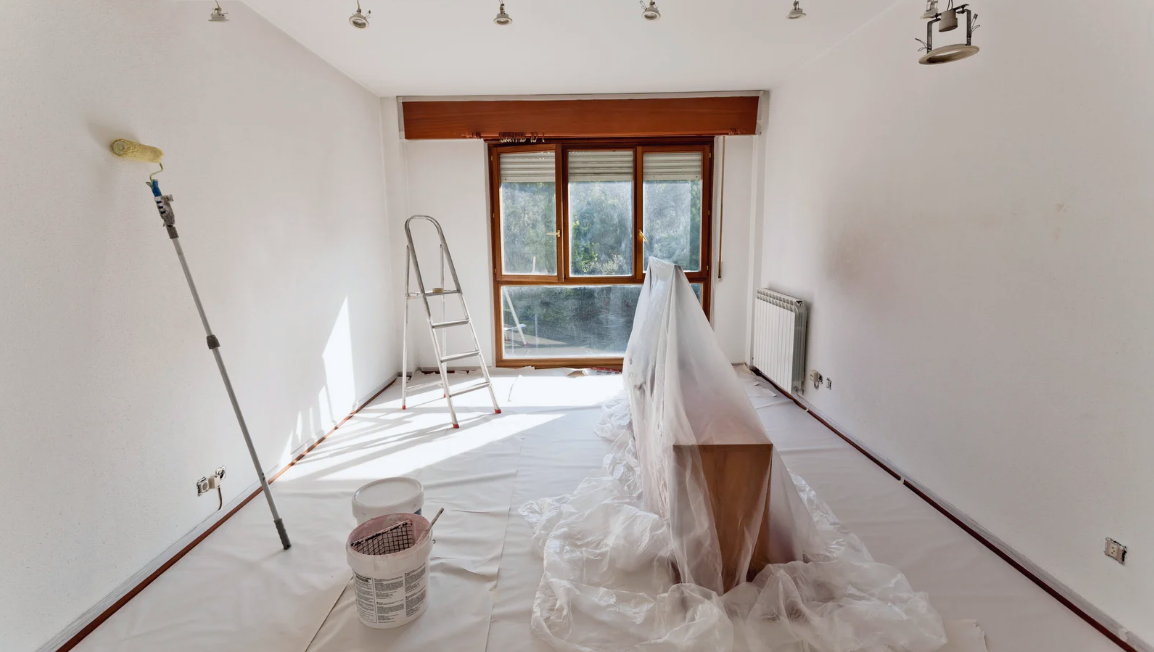Choosing the best paint color for trim depends on several factors, including the style of the room, the color scheme of the walls, and personal preferences. Here are some tips to help you choose the best paint color for trim:
Consider the style of the room:
When considering the style of the room, it’s important to take into account the architectural features and design elements that are already present. If the room has a traditional style, such as a colonial or Victorian design, a classic white or off-white trim can be a great option to complement the traditional look. This can create a timeless, elegant look that matches the overall feel of the room. On the other hand, if the room has a more modern style, using a darker, contrasting color for the trim can create a bold and contemporary look. For instance, a deep gray or black trim can provide a sleek look that complements the clean lines and minimalist design.
However, keep in mind that it’s also possible to mix and match different styles to create a unique and personalized look. For example, if the room has a mix of traditional and modern elements, using a classic white trim with modern decor can create a unique and interesting contrast. Ultimately, the goal is to choose a trim color that complements the style of the room and enhances its design elements. As a result, creating a cohesive and aesthetically pleasing space.
Choose a color that complements the wall color:
When selecting a trim color that complements the wall color, it’s important to choose a color that enhances it. One way to do this is to use color theory as a guide. Colors that are opposite each other on the color wheel create a high-contrast look that can be visually appealing. However, it’s important to use these colors sparingly as they can be overwhelming if overused.
For walls that are a light color, such as pastel or neutral shades, consider using a darker shade for the trim. This can create a subtle contrast that adds depth and dimension to the space. For example, if the walls are a light gray, using a dark gray or black for the trim can create a classic and elegant look. If the wall color is a bold or bright color, such as red, orange, or yellow, using a neutral color for the trim can help balance the intensity of the wall color. This can create a cohesive and harmonious look that is not overwhelming. For instance, using a white or off-white trim with a bold wall color can create a timeless and classic look. It’s also worth considering the finish of the paint when choosing a trim color. A high-gloss finish can make the trim stand out more and create a more dramatic contrast. Moreover, a satin or matte finish can create a more subtle and sophisticated look.
In summary, choosing a trim color that complements the wall color involves considering the color theory, using contrast and balance to create a harmonious look, and taking into account the finish of the paint. By doing so, you can create a beautiful and cohesive space that reflects your personal style and taste.
Look at the existing features in the room:
When choosing a trim color for a room, it’s important to take into account the existing features in the space, including the flooring, furniture, and accessories. The trim color should complement these features to create a cohesive and harmonious look. If the flooring is a light color, such as beige or light wood, consider using a darker shade for the trim. This can create a grounding effect that anchors the space and creates a sense of balance. For example, if the flooring is light wood, using a dark brown or black for the trim can create a classic and elegant look.
If the furniture is a darker color, such as brown or black, consider using a lighter shade for the trim. This can create a contrast that highlights the furniture and creates a focal point in the space. For instance, if the furniture is brown leather, using a white or off-white for the trim can create a sophisticated and chic look. Accessories, such as curtains, pillows, and rugs, can also play a role in choosing the right trim color. Look at the dominant colors in these accessories and use them as a guide to choose a complementary trim color. For example, if the curtains are a deep blue, using a white or off-white for the trim can create a crisp and clean look that enhances the color of the curtains.
In summary, when choosing a trim color for a room, look at the existing features, such as the flooring, furniture, and accessories, and choose a color that complements them to create a cohesive and harmonious look.
Consider the lighting in the room:
The lighting in a room is an important factor to consider when choosing a trim color, as it can have a significant impact on the appearance of the paint color. Natural and artificial lighting can both affect how a color is perceived, which is why it’s important to take both into account. If the room has a lot of natural light, such as large windows or skylights, consider using a lighter shade for the trim. This will help to enhance the natural light and create a bright, airy feel in the space. Using a light color for the trim can also help to reflect the natural light and create a more open and spacious feel. Shades of white, cream, or pale gray can be good choices in this case.
If the room has limited natural light, such as a basement or a room with small windows, consider using a darker shade for the trim. This can help to create a cozy, intimate feel in the space and add depth and dimension. Darker shades of gray, brown, or black can be good choices in this case. Artificial lighting can also affect the appearance of the trim color. If the room has warm lighting, such as yellow or orange-toned bulbs, consider using a warm-toned trim color, such as beige or cream.
In summary, when choosing a trim color, consider the natural and artificial lighting in the room. If the room has a lot of natural light, consider using a lighter shade for the trim, while if the room has limited natural light, consider using a darker shade for the trim. Additionally, take into account the type of artificial lighting in the room and choose a trim color that complements it.
Test the paint color:
Before committing to a paint color for the trim, test the color on a small area first. This will give you a better idea of how the color will look in the room.
In summary, when choosing the best paint color for trim, consider the style of the room, the color scheme of the walls, the existing features in the room, the lighting, and test the paint color before committing.







